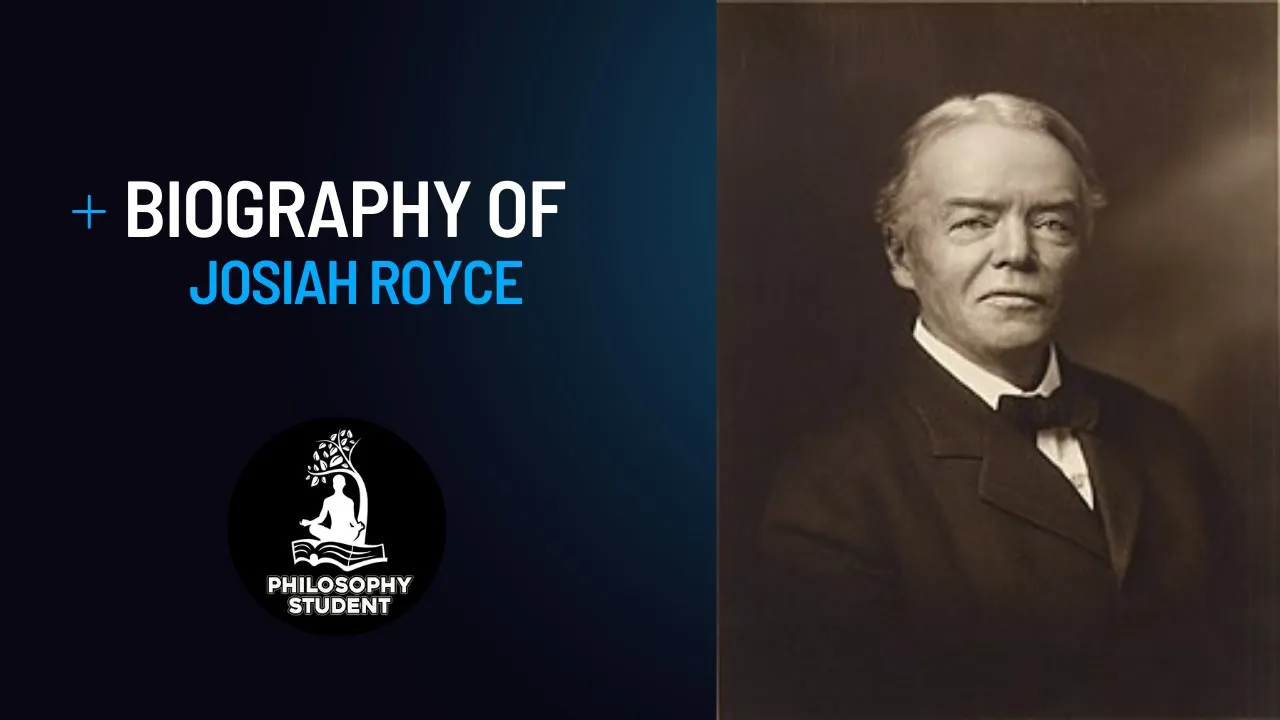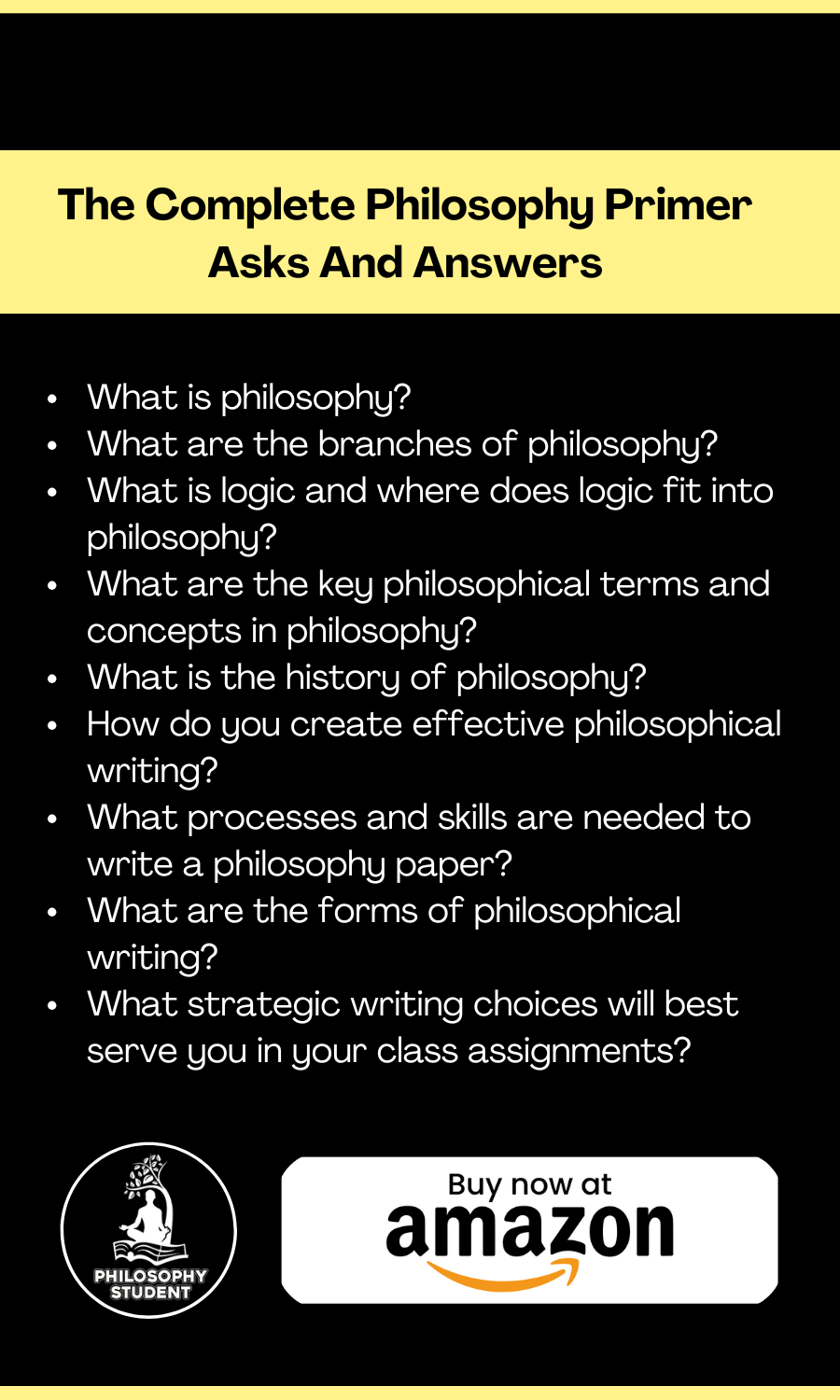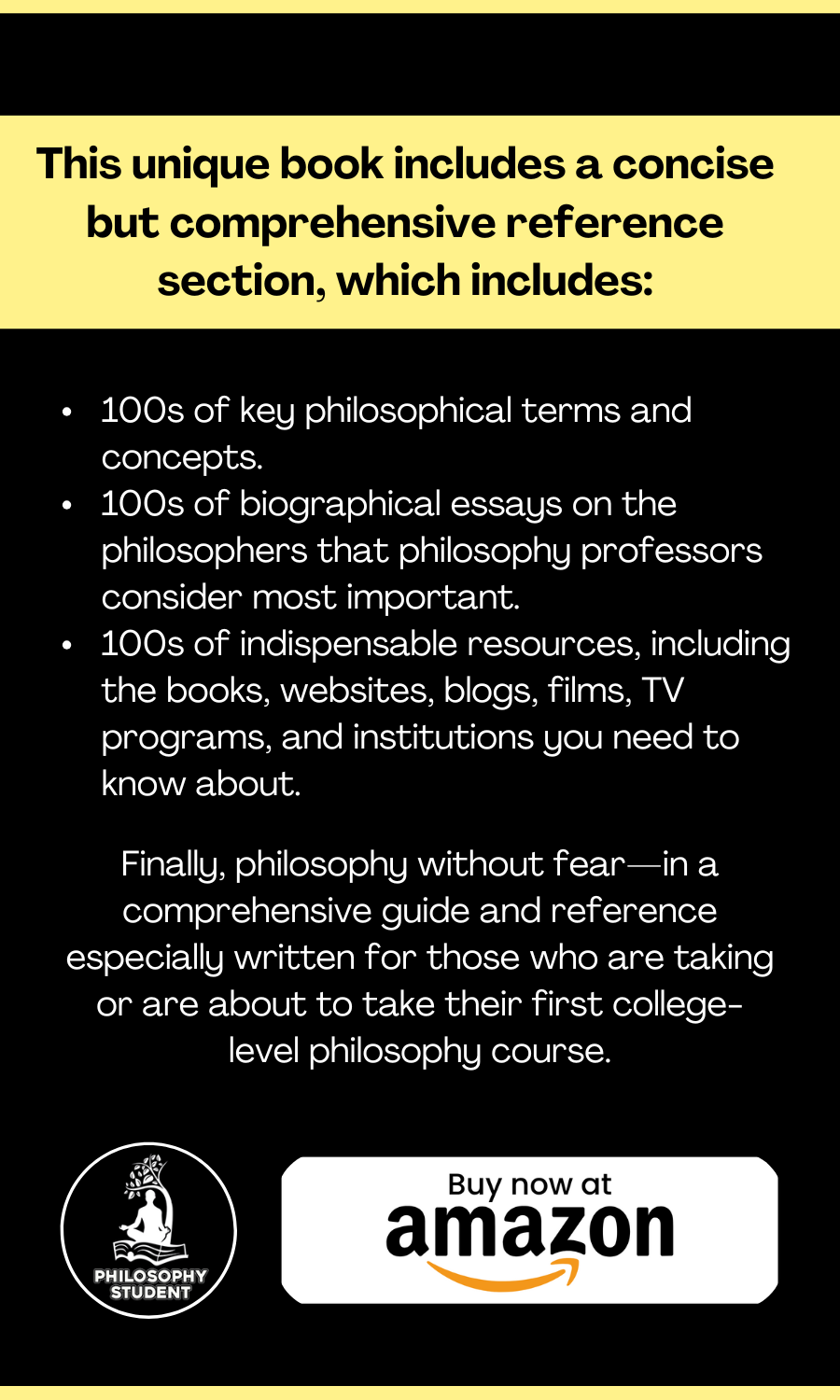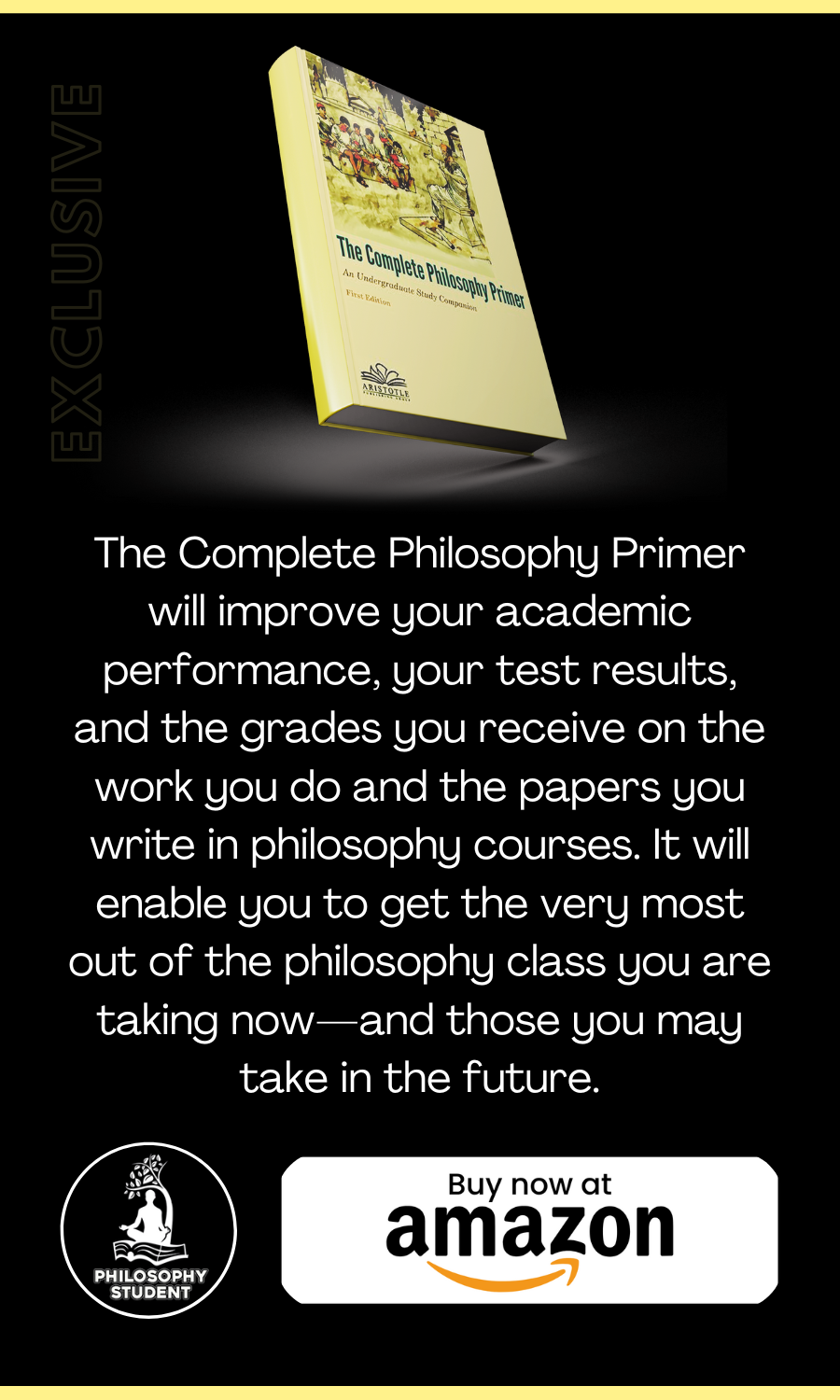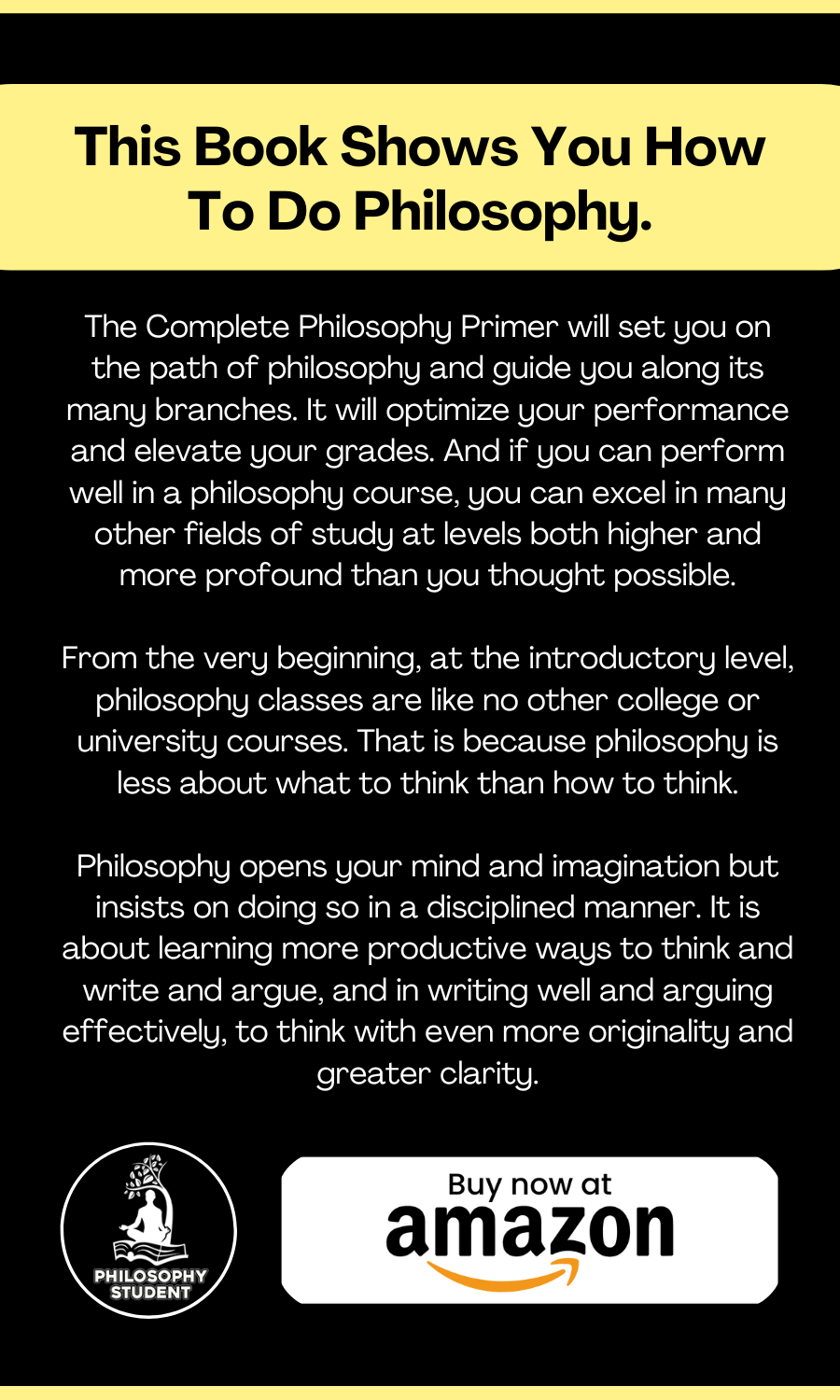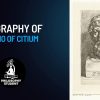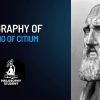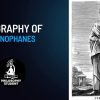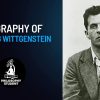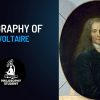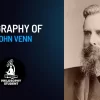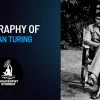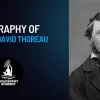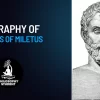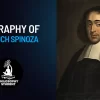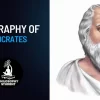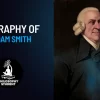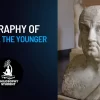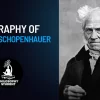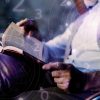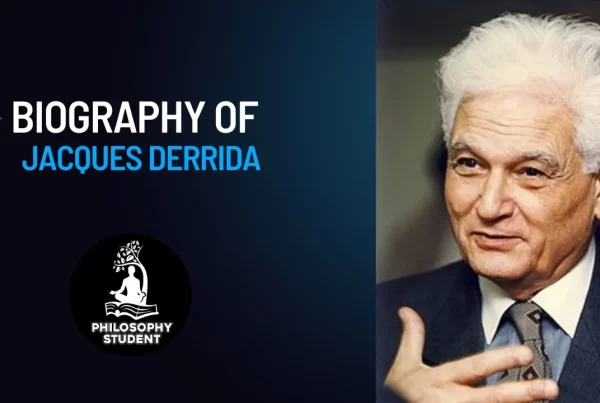Josiah Royce was the principal philosopher of absolute idealism, a philosophy associated in Europe with the German G. W. F. Hegel and the British philosopher F. H. Bradley. Royce’s metaphysics was thus founded on the view that all aspects of reality are unified in the thought of a single all-encompassing consciousness. In addition to his American advocacy of absolute idealism, Royce contributed to the fields of ethics, community, religion, and logic. His most influential books are The Religious Aspect of Philosophy (1885), The World and the Individual (1899–1901), The Philosophy of Loyalty (1908), and The Problem of Christianity (1913).
Royce was a friend of William James, with whom he carried on a vigorous yet congenial dispute dubbed the “Battle of the Absolute.” Both philosophers were enriched by the long dialogue, and Royce ultimately modified absolute idealism into what he called “absolute pragmatism,” which was grounded, somewhat surprisingly, in semiotics. Rejecting his own advocacy of the “absolute mind” concept, Royce reimagined reality as a realm of ideas and signs, which come into being through the interpretation of an infinite community of minds. In turn, these very minds, along with the community they constitute, may also be interpreted semiotically, as signs. All of Royce’s philosophical positions relate to his metaphysics and thus create a cohesive philosophical vision.
Josiah Royce was born on November 20, 1855, in Grass Valley, California. His mother, Sarah Eleanor Bayliss Royce, was a devout Christian and the local schoolteacher. She conducted her son’s early education before he began, at eleven, attending school in San Francisco. In 1875, he graduated from the University of California, with a B. A. in Classics. He went to Germany to study philosophy in Heidelberg, Leipzig, and Göttingen, returning after a year to enter Johns Hopkins University, from which he was awarded a Ph.D. in 1878.
Although his doctorate was in philosophy, Royce taught composition and literature at the University of California, Berkeley, from 1878 to 1882. He did, however, publish in philosophy during this period, including a textbook on logic (Primer of Logical Analysis). He married in 1880 and had, with Katherine Head Royce, three children. His first son was newborn when, in 1882, he accepted Harvard University’s offer to replace William James during James’s one-year sabbatical. He resigned from the University of California to accept the temporary appointment, which became a three-decade Harvard career, during which he taught the likes of T. S. Eliot, George Santayana, and W. E. B. Du Bois.
Royce was a prolific and diverse writer. His Religious Aspect of Philosophy (1885) was based on his insight that, for the concepts of truth and error to be meaningful, there must be an Absolute Knower, an infinite mind encompassing the totality of all truths and possible errors. A year after his breakthrough philosophy book, he published History of California (1886) and, in 1887, a novel. This span of intense work brought about a so-called nervous breakdown in 1888, which prompted his taking a long sea voyage.
Recovered, Royce was appointed professor of History of Philosophy at Harvard in 1892 and chaired the Department of Philosophy from 1894 to 1898, establishing himself as a leading American philosopher with public lectures and books, including The Spirit of Modern Philosophy (1892) and The Conception of God (1895)
In 1898, Royce, like James, was profoundly influenced by Charles S. Peirce’s lecture series “Reasoning and the Logic of Things.” Invited to deliver the Gifford Lectures at the University of Aberdeen in 1899 and 1900, Royce was motivated to write what he considered the definitive expression of his metaphysics, The World and the Individual (1899–1901). The lectures and the book required him to perfect his philosophical theories in detail, and his achievement was recognized by the American Psychological Association in 1902 and the American Philosophical Association, both of which elected him their president in 1902 and 1903, respectively.
While The World and the Individual met with nearly universal praise, Peirce found fault with Royce’s use of logic. Unoffended, Royce threw himself into the study of mathematical logic, with an eye toward revising his views. Indeed, from 1900 onward, he increasingly relied on logical and mathematical concepts as the foundation for his metaphysical work. At the same time, he increasingly emphasized that philosophy must be an instrument for understanding the most basic phenomena of life, including the nature of society, religious experience, ethical action, suffering, and the persistence of evil. In 1908, he published The Philosophy of Loyalty, an example of practical philosophy in the form of applied ethics. That same year, his collection of essays, Race Questions, Provincialism, and Other American Problems, appeared and was followed in 1911 by William James and Other Essays on the Philosophy of Life. His final work, The Hope of the Great Community, was published in 1916, after his death on September 14 of that year. It grappled with global politics and the Great War (World War I), then in its second year.

